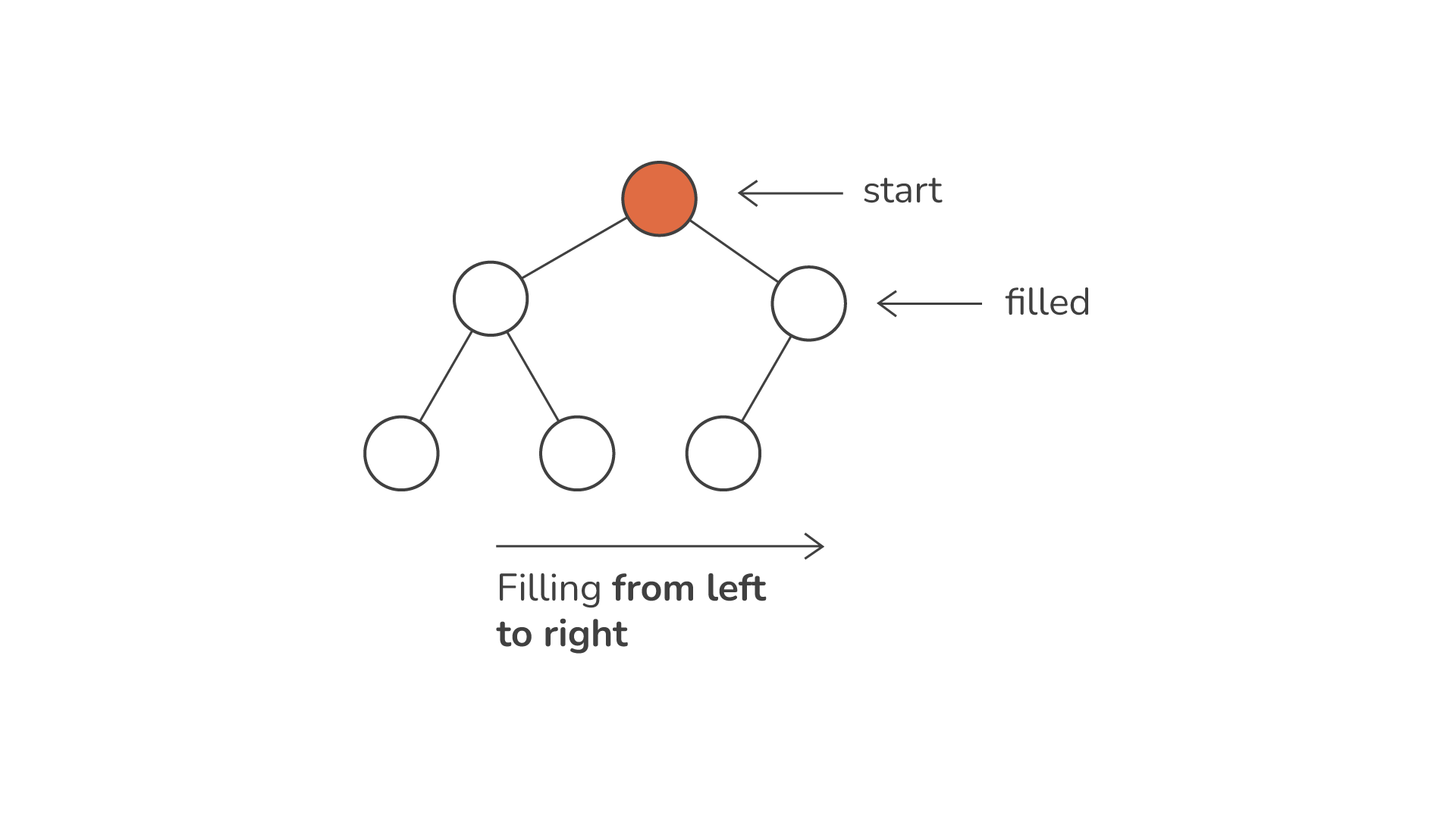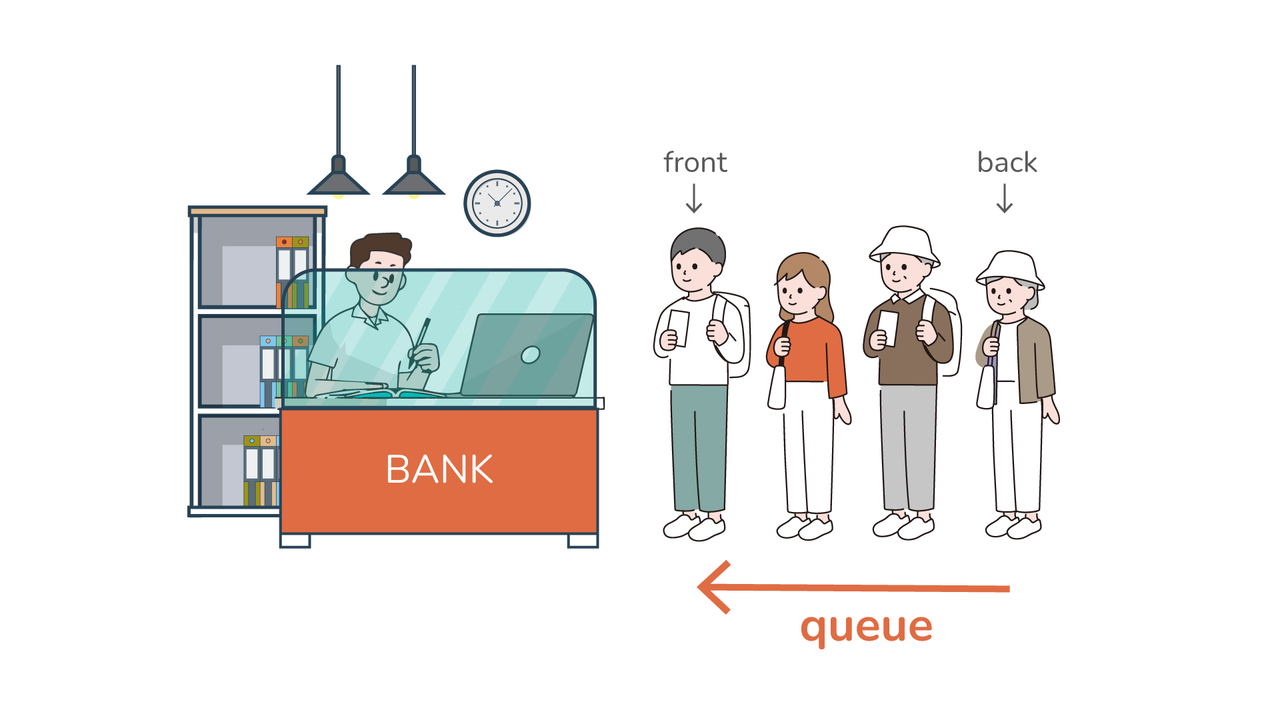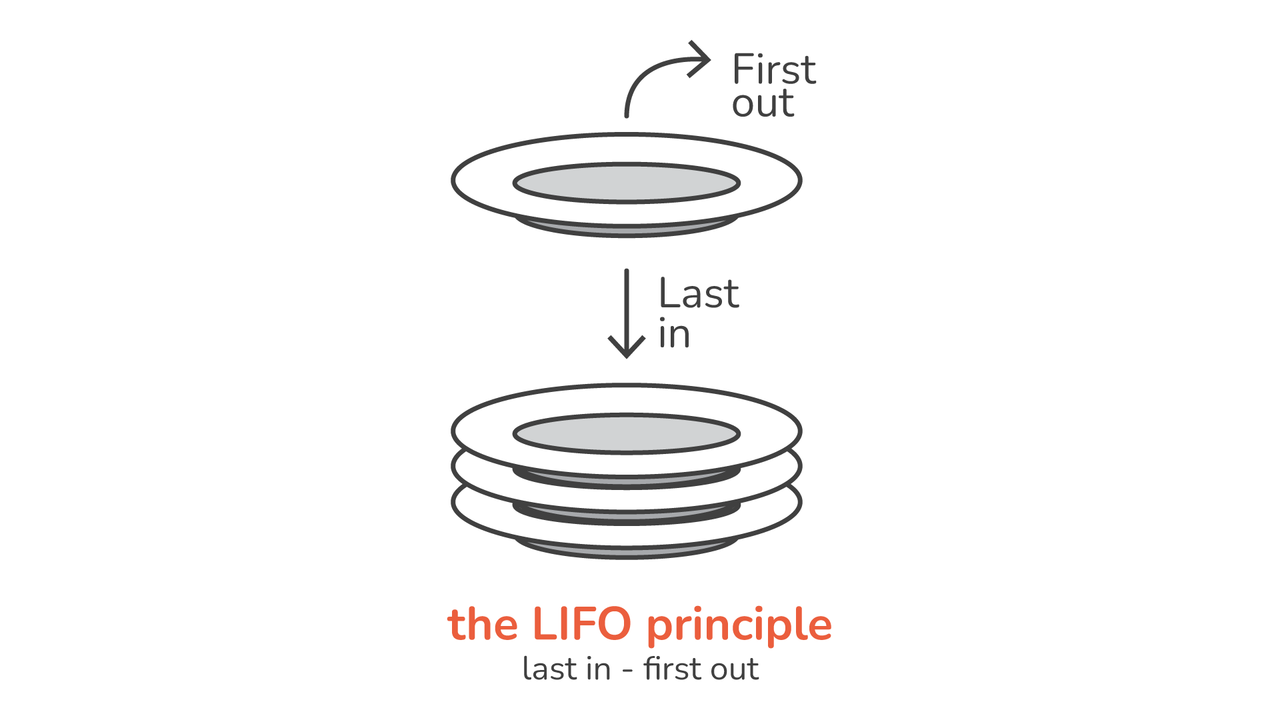Taxable brokerage accounts don’t offer all of the tax incentives retirement accounts do, but they’re far more flexible. If you expect to need any significant chunk of money before you retire, that makes them an essential part of your savings plans. What is a Taxable Brokerage Account? Taxable brokerage accounts are investment accounts where you […]
Investing is an important part of saving for the future. One of the hardest parts of investing is building a portfolio of stocks and bonds that you’re happy with. Mutual funds are a way to easily invest in pre-built portfolios. What are Mutual Funds? Mutual funds are a type of investment that you can use […]
A string in Python is a sequence of characters. These characters can be letters, numbers, symbols, or whitespace, and they are enclosed within quotes. Python supports both single (‘ ‘) and double (” “) quotes to define a string, providing flexibility based on the coder’s preference or specific requirements of the application. More specifically, strings […]
Sonic Mania Plus is a popular retro-style platformer game with immense popularity among gamers. Initially released for consoles and PCs, many enthusiasts have been eager to play this exciting game on their Android devices. This comprehensive guide will walk you through the step-by-step process of installing Sonic Mania Plus on your Android device. Download Now […]
Mobile applications have become integral to our lives in today’s digital era. Among these apps, Virtues APK stands out as a unique and feature-rich application that offers users a range of benefits. This comprehensive guide will explore the distinctive features distinguishing Virtues APK from similar applications. Download Now 1. User-Friendly Interface: One notable aspect of […]
The Mozilla AI Guide has launched and we welcome you to read through and get acquainted with it. You can access it here Our vision is for the AI Guide to be the starting point for every new developer to the space and a place to revisit for clarity and inspiration, ensuring that AI innovations […]
In this guide, we’ll embark on a journey to understand heaps from the ground up. We’ll start by demystifying what heaps are and their inherent properties. From there, we’ll dive into Python’s own implementation of heaps, the heapq module, and explore its rich set of functionalities. So, if you’ve ever wondered how to efficiently manage […]
While Python doesn’t have a built-in data structure explicitly called a “hash table”, it provides the dictionary, which is a form of a hash table. Python dictionaries are unordered collections of key-value pairs, where the key is unique and holds a corresponding value. Thanks to a process known as “hashing”, dictionaries enable efficient retrieval, addition, […]
From storing simple integers to managing complex workflows, data structures lay the groundwork for robust applications. Among them, the queue often emerges as both intriguing and ubiquitous. Think about it – a line at the bank, waiting for your turn at a fast-food counter, or buffering tasks in a computer system — all these scenarios […]
At its core, a stack is a linear data structure that follows the LIFO (Last In First Out) principle. Think of it as a stack of plates in a cafeteria; you only take the plate that’s on top, and when placing a new plate, it goes to the top of the stack. The last element […]





